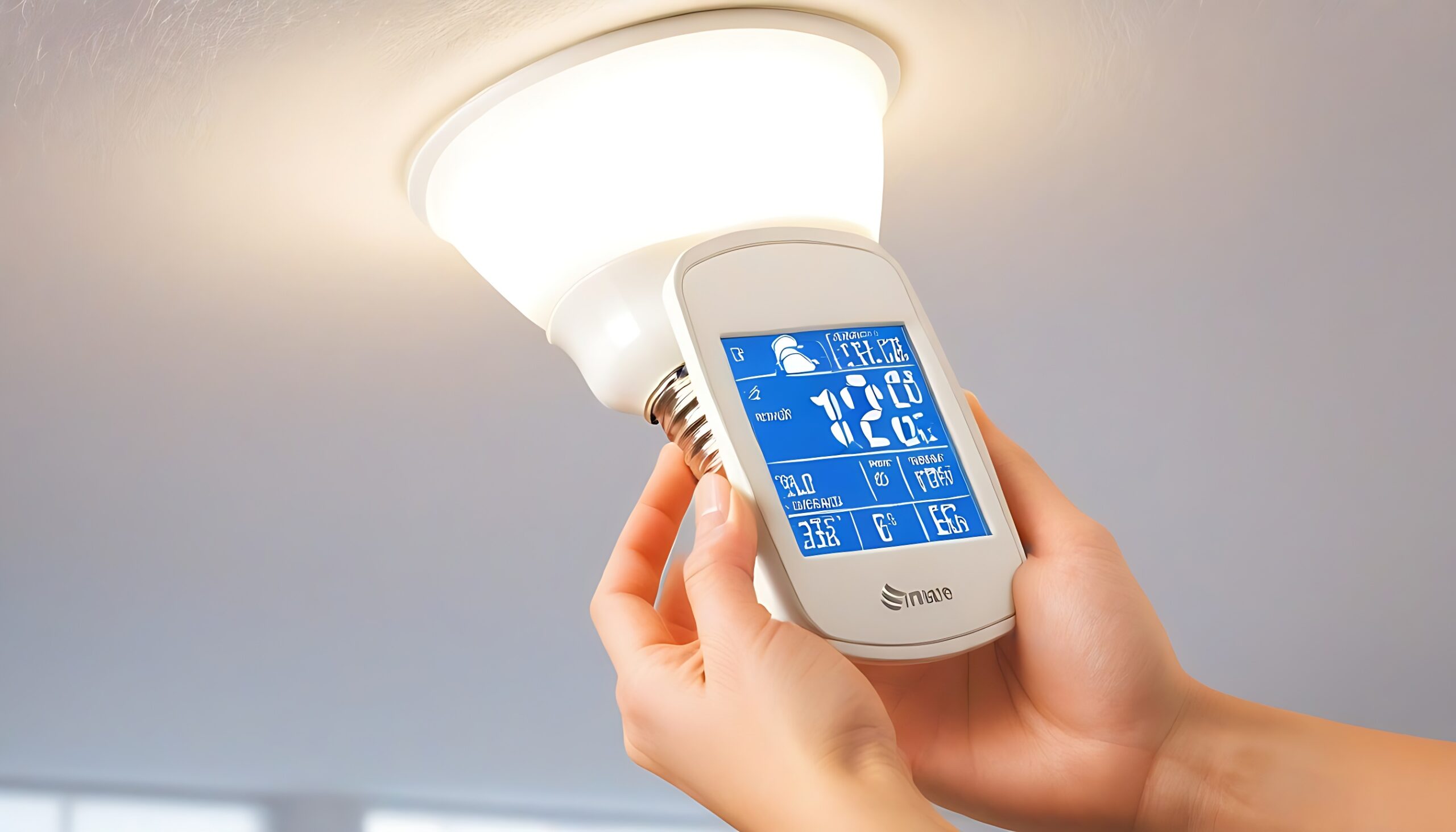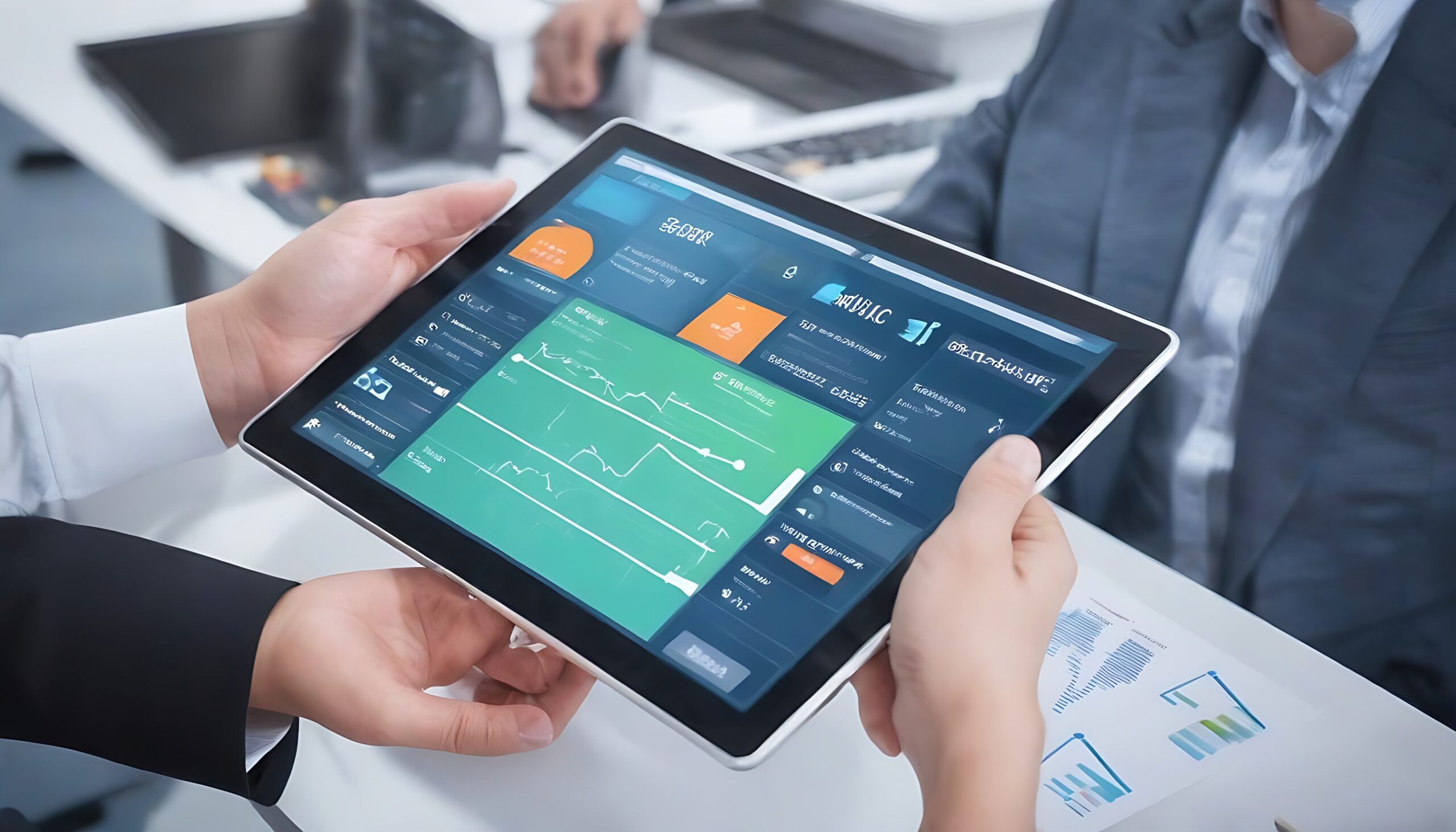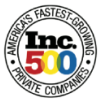Effective budgeting and cost control are crucial components of successful facility maintenance. In an industry where unexpected costs can quickly escalate, facility managers must navigate the fine line between maintaining optimal operational efficiency and adhering to financial constraints.
Foundations of Accurate Budgeting
The key to effective budgeting in facility maintenance lies in a thorough understanding of both fixed and variable costs. Fixed costs, such as salaries and leases, are predictable and consistent, whereas variable costs, like repairs and utility expenses, can fluctuate. Accurate forecasting of these costs involves analyzing historical data, understanding current market trends, and anticipating future needs.
Preventive Maintenance
One of the most effective ways to control costs is through preventive maintenance. By regularly maintaining equipment and systems, facility managers can avoid costly breakdowns and extend the lifespan of their assets. This proactive approach not only reduces emergency repair costs but also ensures that the facility operates smoothly without unexpected interruptions.
Smart Investments for Long-Term Savings
Investing in energy-efficient technologies is another strategy for cost control. Upgrading to LED lighting, installing programmable thermostats, or implementing smart energy management systems can lead to significant savings in utility costs over time. Although these upgrades require an initial investment, the long-term savings they generate often justify the expenditure.

Allocating Funds for Unforeseen Events
Another critical aspect of budgeting is the allocation of funds for emergency situations. Unexpected repairs and emergencies are inevitable in facility management. Setting aside a contingency fund can help manage these unforeseen expenses without derailing the overall budget.
The Role of Facility Management Software
Facility managers are also turning to technology for budgeting and cost control. Facility management software can track expenses, automate maintenance scheduling, and provide real-time data analysis, enabling more informed decision-making and efficient resource allocation.

Strategic Outsourcing
Outsourcing can also be a strategic decision in managing costs. By outsourcing non-core activities, facilities can reduce labor costs and benefit from the expertise of specialized service providers. However, it is crucial to weigh the pros and cons of outsourcing versus in-house management based on the specific needs and capabilities of the facility.
Adapting to Evolving Needs and Conditions
Lastly, regular review and adjustment of the maintenance budget are essential. As the needs of the facility evolve and market conditions change, facility managers must be flexible and ready to adjust their budgeting strategies accordingly.
Conclusion
In conclusion, effective budgeting and cost control in facility maintenance require a balanced approach, combining proactive maintenance, strategic investments, and the savvy use of technology. By staying informed and adaptable, facility managers can ensure the financial health of their operations while maintaining high standards of facility upkeep.







